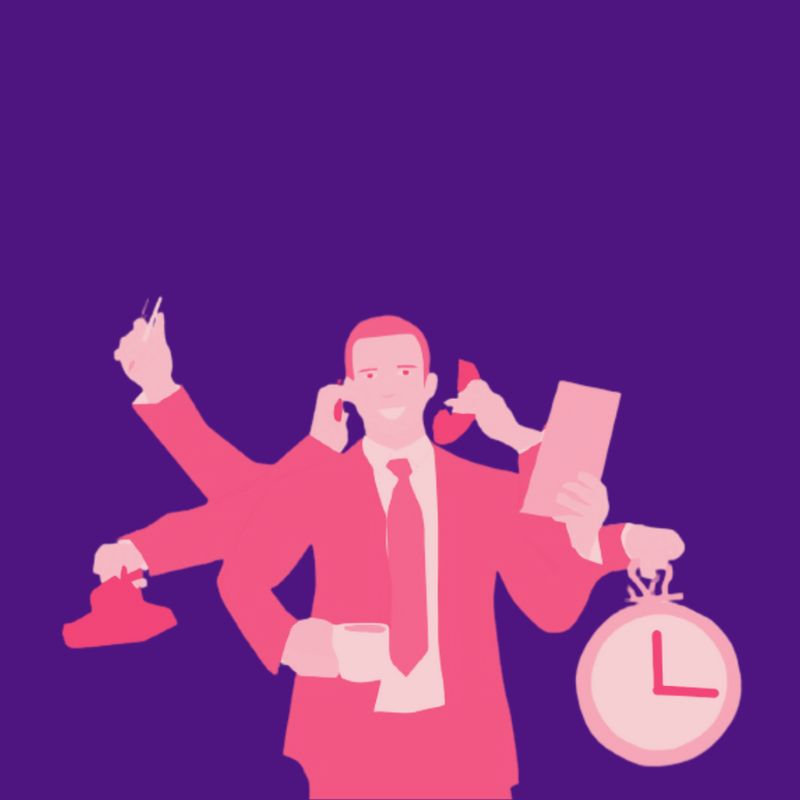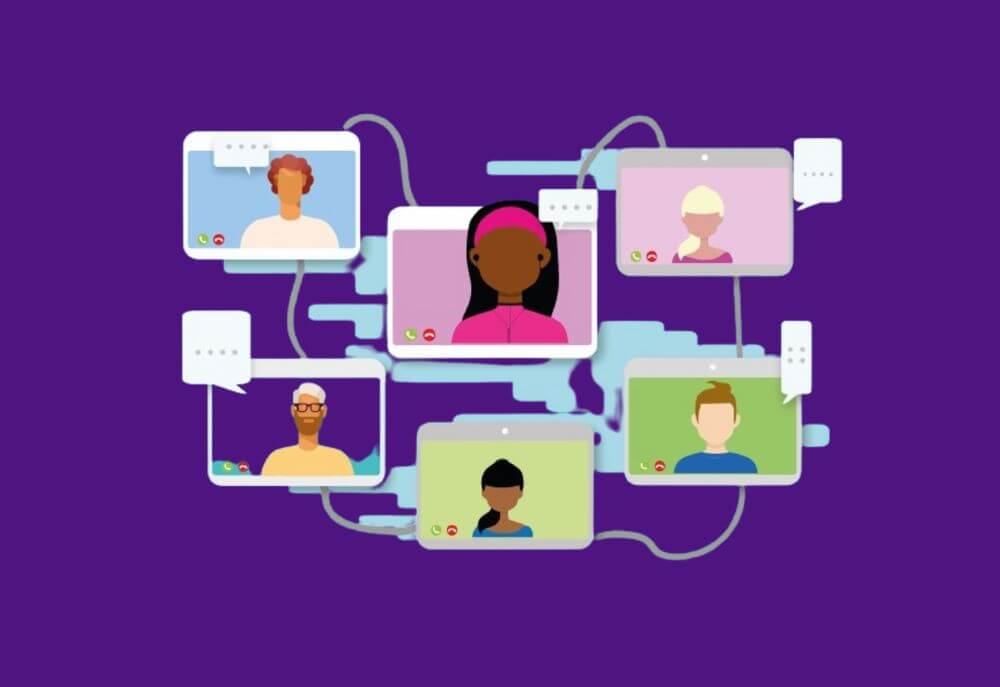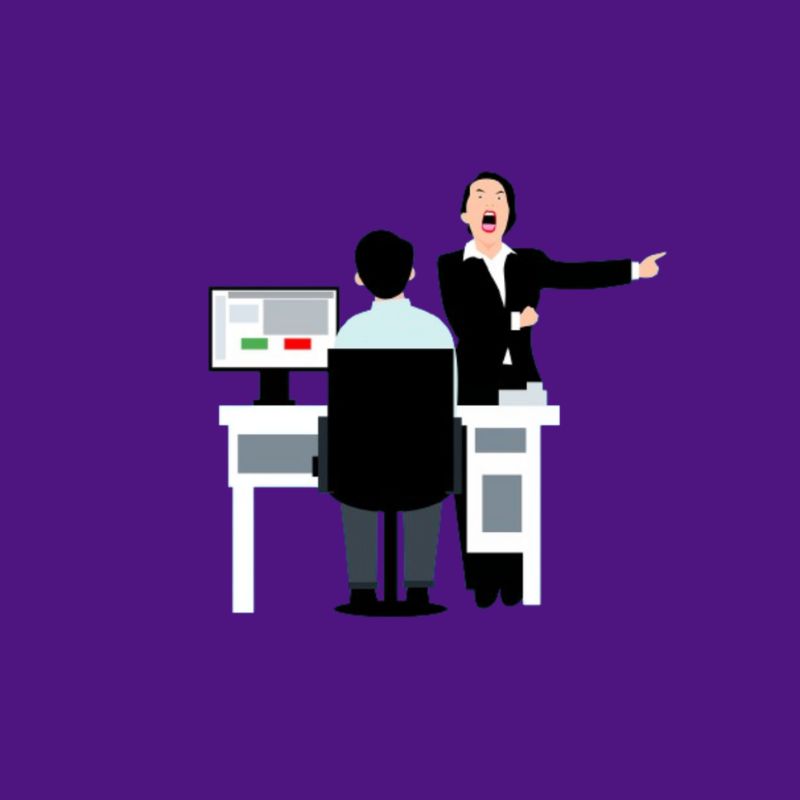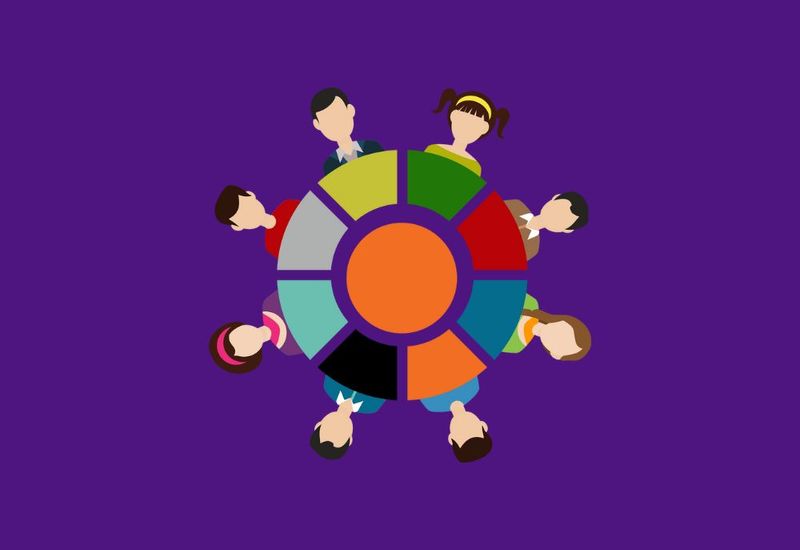Meetings. The word alone can make some people groan. Yet, when done right, meetings can be powerful tools for collaboration, innovation, and decision-making.
Unfortunately, all too often, they turn into time-wasting sessions that leave everyone feeling drained and wondering what was actually accomplished. So, how do we flip the script and turn our meetings into something truly effective?
Let’s dive into how you can run meetings that people will actually look forward to attending.
The Power of Clear Purpose
Imagine this: you’re sitting in a meeting, and after an hour, you leave with more questions than answers. Sound familiar? This usually happens when a meeting lacks a clear purpose. Every effective meeting starts with understanding why you’re gathering in the first place. Think of the purpose as the meeting’s North Star. Without it, you’re just wandering aimlessly.
Before you even send out that calendar invite, ask yourself, “What do I want to achieve?” Whether it’s making a decision, brainstorming new ideas, or simply checking in on progress, the meeting’s purpose should be crystal clear to you and everyone involved. And here’s a tip: if you can’t pinpoint a solid reason for the meeting, maybe it doesn’t need to happen at all.
Crafting an Agenda That Works
Now that you’ve nailed down the purpose, it’s time to map out how you’re going to get there. That’s where an agenda comes in. Think of the agenda as your meeting’s GPS—it guides you from start to finish, ensuring you don’t take any detours that lead to nowhere.
But creating an agenda isn’t just about listing topics. It’s about prioritizing what matters most. Start with the most critical issues, those that align directly with the meeting’s purpose. This way, even if time runs short, you’ll have tackled the most important points.
Sharing the agenda ahead of time is equally important. It gives everyone a chance to prepare, so they come ready to contribute, rather than being caught off guard. Plus, it sets the stage, making it clear what will be discussed and what won’t—helping to avoid any surprises.
The Right People, the Right Roles
Ever been in a meeting where half the people in the room don’t need to be there? It’s not just awkward—it’s a waste of everyone’s time. Effective meetings involve the right people—those who have something valuable to contribute or who need to be involved in the decision-making process.
But it’s not just about who’s in the room; it’s also about what role they play. Is someone designated to take notes? Who’s leading the discussion on specific topics? Clarifying these roles in advance helps keep the meeting organized and ensures that everyone knows their part.
The Unsung Hero: The Facilitator
If a meeting were a movie, the facilitator would be the director. They’re the person who keeps everything moving, makes sure everyone has a voice, and helps steer the conversation back on track when it starts to veer off course.
A good facilitator knows how to encourage participation without letting things get out of hand. They’re also mindful of the clock, ensuring that the meeting doesn’t drag on longer than necessary. And in the age of virtual meetings, where engagement can easily wane, the role of the facilitator becomes even more crucial.
Steering Clear of Meeting Pitfalls
Let’s face it, we’ve all been in meetings that felt like they were never going to end. These ineffective meetings often suffer from a lack of focus, unclear outcomes, and disengaged participants. So how do you avoid these common pitfalls?
For starters, stick to the agenda. If the conversation starts to drift, gently guide it back to the topic at hand. And don’t forget the importance of clear outcomes. Every meeting should end with a decision, an action plan, or at least a list of next steps. This not only gives the meeting a sense of closure but also ensures that the time spent results in tangible progress.
Building Trust, One Meeting at a Time
Meetings aren’t just about getting things done—they’re also about building trust. When meetings are well-organized, purposeful, and respectful of everyone’s time, they foster better communication and strengthen relationships within the team.
Creating a space where everyone feels comfortable sharing their thoughts is key. This open communication leads to better decision-making and a stronger sense of camaraderie among team members. Plus, when people trust that meetings will be productive, they’re more likely to engage and contribute meaningfully.
Action Plans: The Roadmap to Success
Ever been in a meeting where lots of ideas were tossed around, but nothing ever came of them? That’s where an action plan comes in. It’s not enough to just talk about what needs to be done—there needs to be a clear plan of action.
Who’s doing what? When’s the deadline? Documenting these details and sharing them with all attendees ensures accountability and keeps everyone on track. Without this step, even the best meetings can end up being all talk and no action.
The Art of Ending on a High Note
How a meeting ends can leave a lasting impression. Wrapping things up on a positive note helps reinforce the value of the meeting and leaves participants feeling good about what was accomplished.
This could be as simple as summarizing the key takeaways, thanking everyone for their contributions, or acknowledging the progress made. Ending on a high note not only boosts morale but also sets a positive tone for the next meeting.
Navigating the Challenges of Video Meetings
In today’s world, video meetings have become the norm. But they come with their own set of challenges, from technical glitches to the dreaded “Zoom fatigue.” To make video meetings more effective, it’s important to establish some basic ground rules.
Encourage everyone to turn on their cameras—seeing faces helps build a connection. Keep meetings short and to the point to avoid screen fatigue. And be mindful of time zones when scheduling meetings with remote team members, so everyone can participate fully.
Embracing Best Practices
Running effective meetings isn’t something that happens overnight—it’s an ongoing process of learning and improving. By embracing best practices, like setting a clear purpose, creating a thoughtful agenda, and facilitating with intention, you can transform your meetings from dreaded obligations into productive and even enjoyable experiences.
Remember, the best meetings are those that respect everyone’s time, achieve their goals, and contribute to a positive and collaborative team culture. Whether you’re leading a video conference with remote team members or a face-to-face meeting in the office, these principles will help you run meetings that make the most of everyone’s time.
Conclusion
Meetings don’t have to be a waste of time. With a clear purpose, thoughtful planning, and effective facilitation, you can turn your meetings into opportunities for productivity, collaboration, and growth. By focusing on what really matters and respecting the time and contributions of all participants, you can make every meeting count.



